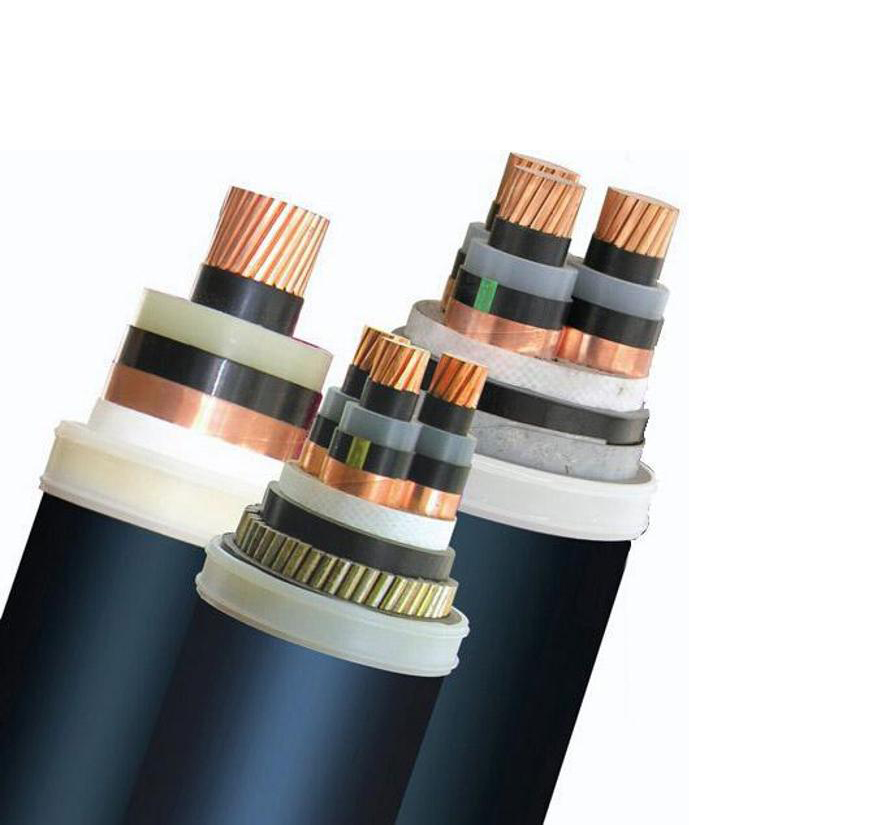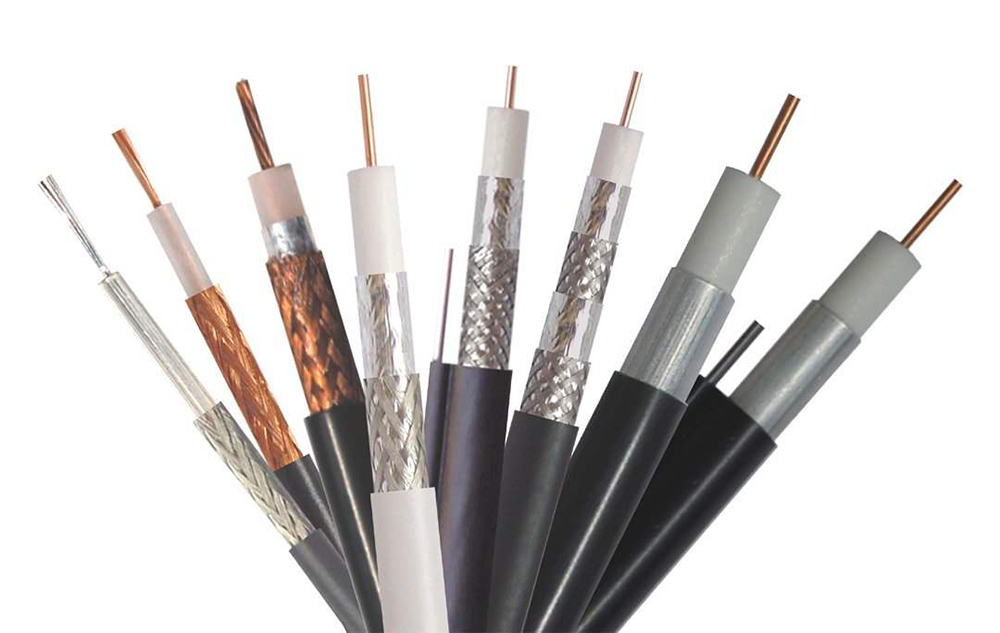The broken core fault point has the following methods to detect:
1.1. Induction method
It can be used with induction pen and digital multimeter; suitable for cables without metal armor and steel tape shielding; attention should be paid to prevent electric shock, the test place and the terminal connection when the equipment is rewinded.
specific methods:
1) Hang the conductor core of the cable in the air, and ensure that it will not cause road and electric shock accidents; at the same time, ensure that the cable is as far away as possible from the grounding body (such as the ground, equipment, etc.);
2) Select a good insulation core in the cable, connect the 220VAC phase wire (live wire), not the ground wire;
3) If you use an induction pen, touch your finger to the induction contact on the pen, and test whether the pen is normal outside the insulating layer of the charged body. If you use a digital multimeter, put the multimeter in the 20 or 200mV range, put a thinner plastic insulating sleeve on the red test lead, and hold the black test lead with your hand; test it outside the insulating layer of the clearly charged body, and take the reading; then remove it The charged body is far away, and read; compare the difference between the two readings, usually on the charged body, there should be a higher reading, such as 0.4mV, while the farther away from the charged body is lower, such as 0.15mV; remember this feature, you can Start testing.
4) Test close to the cable along the cable. When the indicator light of the induction pen is dimmed or the reading of the multimeter drops significantly, the change is the breakpoint.
5) The test is completed, pay attention to discharge! 
1.2. Capacitance method
When there is a metal armor layer such as copper or steel tape armored cable outside the cable, the induction method cannot be used for detection. At this time, the capacitance method is used; it is suitable for all cables; when using the capacitance method, first understand the principle of capacitance testing-when testing capacitance, The AC/pulse signal is used in the test loop, that is, measuring the AC partial voltage or charging and discharging the capacitor (two mutually insulated metal poles) to test the accumulated electricity on the capacitor and convert it to the reading of the capacitance.
Capacitance method may affect the accuracy due to the inductance formed by winding the cable into a circle, the insulating cores being wound together, the resistance of improper conductors (such as steel strips), and the stray capacitance between conductors; among them The inductance is very small and can be ignored; the resistance has little effect on the measured capacitance, but the difference in capacitance between the bare conductor and the steel strip and the unconnected capacitance is not big, and it can be ignored; but the stray capacitance has a greater impact, so I did an experiment : The capacitance between the intact core and the steel strip is 117nF. Connect the other cores to the steel strip. The measured result is still 117nF, while there is 72nF between the two cores.
For the convenience of description, suppose the cable is a 2-core steel tape armored cable with 1 core with 1 break point; the specific methods are as follows:

1) Hang all insulated cable core conductors and armor layers at both ends of the cable;
2) Measure the capacitance value of the intact insulating core and the broken core insulating core to the steel strip (or the third intact insulating core) at both ends, and record the value; at this time, the corresponding intact insulating core is measured at both ends The capacitance value should be very close; the sum of the capacitance value at both ends of the same broken core should be slightly greater than the capacitance value of the intact insulated core at the same position, it means there is only one breakpoint, or multiple breakpoints but very close; if both ends of the same broken core The sum of the capacitance values is less than the capacitance value of the intact insulating core at the same position, indicating that there are at least two breakpoints;
Note: Theoretically, if there is only one breakpoint or multiple breakpoints but very close, the sum of the capacitance values at both ends should be greater than the capacitance value of the intact insulating core at the same position. The amount varies with different cables. See the following theoretical analysis.
3) Compare and calculate the capacitance value of the broken core insulation core and the intact insulation core, and obtain the lengths of the two ends respectively. At this time, the length may be different from the actual length. The next step is to re-calibrate; but the two-core unarmored cable cannot be Make corrections.
4) If the sum of the calculated length is greater than the actual length, the extra length will be negative, and if it is less than the actual length, it will be positive; then use the capacitance value of the broken core insulating core to allocate the difference and divide the long segment to correct the long segment , The short segment is corrected for the short segment (see the following theoretical analysis), and the actual position of the breakpoint is obtained.

